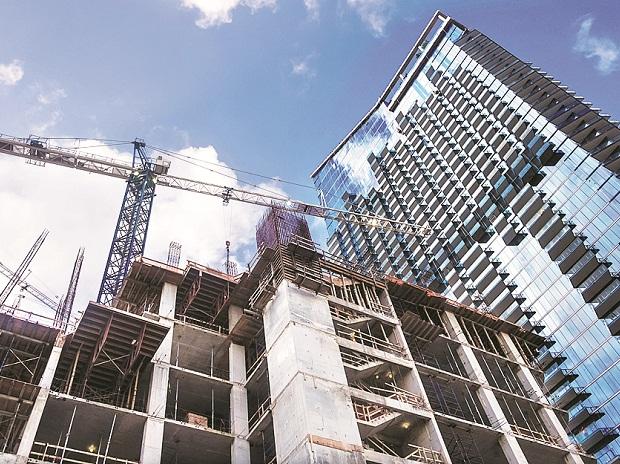

Property buyers and sellers in metros, especially in upmarket localities, won’t need to pay additional tax if the difference between the agreement and stamp duty values of the property is less than 5 per cent. The finance minister has proposed this relief in Budget 2018.At present, if the sale price of a property is lower than the circle rate, the difference is added to the buyer’s income and taxed as ‘income from other source’. Even the seller needs to calculate his capital gains on the basis of the circle rate which means a higher tax payment. Circle rates are state governments’ benchmark or reference property prices on which they calculate the stamp duty payable. They are also known as ‘ready reckoner’ or ‘collector rates’.For example, according to the present practice, if a property being sold is valued at Rs 10 million, but the circle rate is Rs 10.05 million, the buyer has to pay tax on Rs 500,000 based on his slab rate. An individual in the 30 per cent tax bracket pays Rs 150,000 in tax. The difference is considered as a ‘profit’ for the buyer under section 56(2) of the Income-tax Act. However, according to the Budget proposal, he will not need to pay any tax in case the variation is up to 5 per cent.A seller needs to calculate his capital gains on the basis of the price considered for stamp duty under section 50C.
Now, the seller’s tax liability will be slightly lower. If the gains at present were, say, Rs 798,120. It would come down by Rs 100,000 (see table).But what if the difference between the property value and the circle rate is more than 5 per cent? In this case, the buyer and seller will not get the proposed tax benefit. “It has to be either 5 per cent or lower. Else, it will follow the current taxation system,” says Naveen Wadhwa, general manager, Taxmann.com. The changes are also made only for the income-tax purpose. “If the circle rates are higher, buyers would still need to pay stamp duty based on the benchmark prices in their respective states,” says Wadhwa.Experts say that such a difference is usually seen in the upmarket localities in metros. “In suburbs, mostly, the circle rates are closer to actual property prices, and in Tier-II cities they are much lower,” says Pankaj Kapoor, MD of real estate consultancy Liases Foras.The proposal will essentially benefit buyers and sellers in areas where property prices have seen a much higher correction in the past two-three years. “If you look at Gurgain in Delhi-NCR, prices in some localities are still below the government’s benchmark rates, despite the state government lowering the circle rates in the past two years. But the regulations are such that buyers and sellers need to pay the tax out of their pocket on the difference,” says Ashutosh Limaye, head of research, JLL India. He further adds, in some cases, two properties situated next to each other might sell at different prices, even as the circle rates is the same for both. The government now recognises such disparity.During his Budget speech, Finance Minister Arun Jaitley had said: “Sometimes, this variation can occur in respect of different properties in the same area because of a variety of factors, including the shape of the plot and location.”




